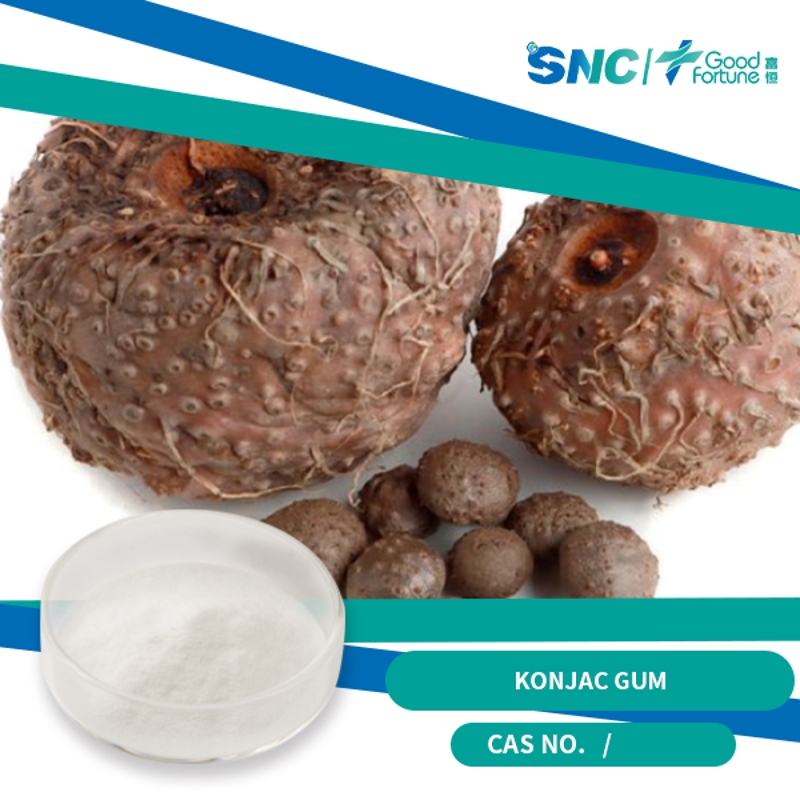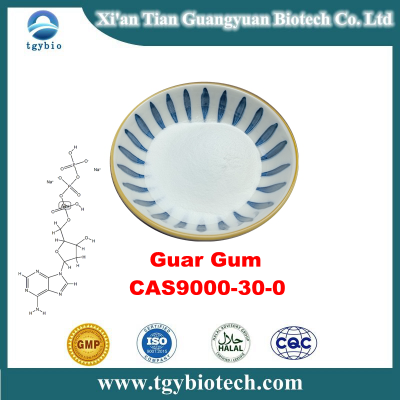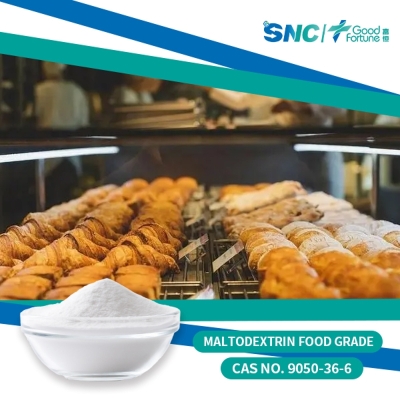-
Categories
-
Pharmaceutical Intermediates
-
Active Pharmaceutical Ingredients
-
Food Additives
- Industrial Coatings
- Agrochemicals
- Dyes and Pigments
- Surfactant
- Flavors and Fragrances
- Chemical Reagents
- Catalyst and Auxiliary
- Natural Products
- Inorganic Chemistry
-
Organic Chemistry
-
Biochemical Engineering
- Analytical Chemistry
-
Cosmetic Ingredient
- Water Treatment Chemical
-
Pharmaceutical Intermediates
Promotion
ECHEMI Mall
Wholesale
Weekly Price
Exhibition
News
-
Trade Service
original title: "Yuyuan coating" water-based coating layering, subsidence how to do? This can be solved!the formation and subsidence of water-based coatings is an important problem that is often encountered in the process of production, storage and use, which not only affects the effect of opening the tank, but also changes the performance of the coating. Severe hard precipitation may cause the paint to be scrapped and unavailable.so, what is the cause of this phenomenon? In this case, how to solve it?First of all, we should understand that the normal state of
water-based coatings
:First, received water-based coatings first by hand to measure the weight of the paint bucket, shaking the paint bucket, there is no very obvious noise, indicating that the water-based paint thickness and viscosity is sufficient.can, the barrel is skinless, the paint is airless, the overall lubrication, delicate look, uniform color, up and down density consistent.tool to stir the paint, has a very good thickness, no obvious layering, thum. Paint liquid stirring smoothly, pick up tools to observe, paint has good fluidity.coating layering is divided into three different phenomena:
water (dehydration shrinkage) during coating storage, emulsion during coating storage, and subsidence during coating storage.01
water separation phenomenon and causesThe coating is stored over a period of time to separate a portion of the transparent light yellow or colorless transparent mucus from the surface of the coating.: Hydration thickeners and connective thickeners in the type and dosage of improper matching, resulting in the paint in the storage process is incompatible and rejection. If the compatibility of these two networks in the system is not good, one is too hydrophobic, one is too hydrophobic, the use of such thickeners to match, the phenomenon of water division is difficult to control. Usually only the "concentration network" shrinkage of water phase thickening away from freeness in the coating surface caused by water separation phenomenon.02
emulsion phenomenon and causesthe surface of the coating separates a certain amount of liquid, sometimes with some blue light, in most cases the isolated liquid is milky white.reason: the contract thickener and emulsion particles are not firmly linked, so that the contracted emulsion particles in the storage process deconspose out, suspended on the surface of the coating, the phenomenon of paint emulsion. The low shearing and sticking of the coating is too low, which will also cause layering.03
Subsidence phenomenon and causes the finished coating in the storage process, the uniformity of the coating internal changes, heavy and large particle size particles in the coating uneven distribution, vertical direction of gradient changes, from the upper surface to the bottom, the paint from release to thick changes, the bottom or even hard precipitation. This phenomenon of coatings is called the subsidence of coatings. Water-dividing emulsions are usually accompanied by subsidence.reasons: poor dispersion of pigment fillers, particles attached to large particles, thereby accelerating sedimentation, storage time is too long, exceeding the hold period of the coating, especially long periods of stationary placement, storage temperature is too high, coating stickiness is low, pigments react with each other, causing precipitation.solution to layered subsidence if the precipitation is loose, it can be mixed and used again. The use of agitators to make the paint sample fully mixed, mixed when the trick is to pour out part of the upper solvent, stirring the lower layer of pigment fillers and resin liquid, to be initially dispersed evenly, and then the poured solvent back, continue to stir evenly (sometimes filtered). If the precipitation is seriously lumped, the sediment can be shoveled from the bottom of the container with a spatula, shredded, and then the flowing medium is poured back into the original barrel, fully mixed. If the operation according to this method still can not mix, there is still dry deposit, paint can only be scrapped or degraded to use.. Responsible editor:
.







